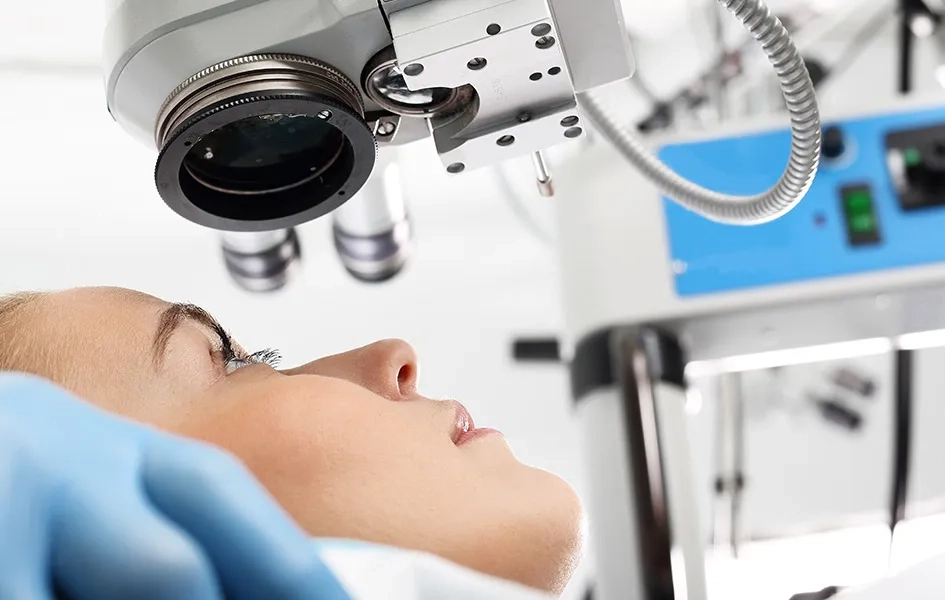PRK
LASIK Experts is experienced in performing numerous laser eye surgery procedures, like the LASIK alternative PRK, or photorefractive keratectomy.

Patients who are nearsighted, farsighted, or have astigmatism could benefit from this procedure.
PRK is commonly known as "LASIK without the flap." The procedure treats the surface of your eye without a flap by first gently scrubbing the surface "skin" of the cornea, called the epithelium, and then reshaping the cornea with the laser, just like in LASIK surgery.
Who benefits most from PRK?
PRK may be used if your eye surgeon finds that you have thinner-than-average corneas, and there is not enough corneal thickness for a LASIK flap. Soft corneas have a greater chance of bending out of shape and are also not suitable for the creation of a corneal flap.
Despite the slight discomfort of PRK compared to LASIK, your surgeon may recommend PRK over LASIK based on the results of your comprehensive eye examination. Our specialists will discuss which procedure better suits your visual needs during your consultation.
What is the recovery time for PRK?
For patients receiving PRK, it may be several days before you feel comfortable returning to work and normal activities. Pain is usually quite minimal after surgery, although postoperative discomfort is a possibility.
What are the results of PRK compared to LASIK?
The visual outcome is the same whether LASIK or PRK vision correction is performed. Both procedures are also equally safe—the main differences are the time it takes to heal and the frequency of post-surgery visits.